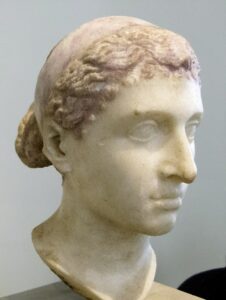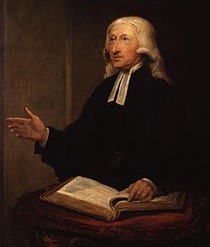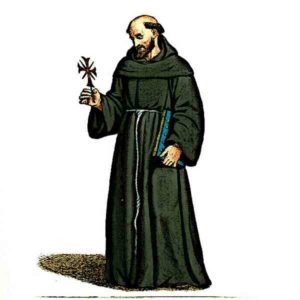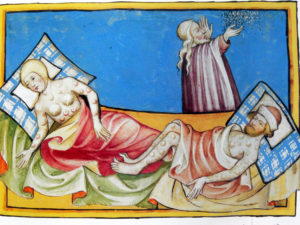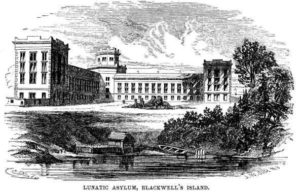A warm welcome on Historical Authors Across Time to author Brook Allen. Historically speaking, Antony and Cleopatra have always been known as lovers. Because of their relationship and eventually the damnatio memoriae—damning of memory—that Octavian ascribed to Antony’s name in particular, one … [Read more...]
Grain Riots, Eighteenth-Century England, and Beyond The Fall
Diane Scott Lewis joins me today on Historical Authors Across Time and writes about eighteenth-century England, the backdrop for her novel, Beyond the Fall. Due to poor harvests in England—droughts and severe winters—in the later eighteenth century, bread prices soared. Many tin and … [Read more...]
Life in a Medieval Monastery
A warm welcome to Sue Barnard, October's guest author for Historical Authors Across Time, writing about monks and monasteries in medieval times. Medieval Monks When someone says the word “monk”, what is the first thing that springs to mind? The word will usually conjure up a … [Read more...]
Inside the 14th Century Plague Era
My guest author for September on Historical Writers Across Time is Sarah Natale, writing about the 14th-century plague of the Medieval Age, the setting for her novel The Kiss of Death. “Rumors spread rapidly as we heard that ours was not the only house afflicted with this fast-moving … [Read more...]
Nellie Bly and the 19th Century Asylum
With the August heat upon us, this month's guest on Historical Authors Across Time is Emma Rose Millar, writing about mental health in the 19th century and the famous Nellie Bly. The Victorian Asylum Novel reading, nymphomania, bad habits: just some of the numerous reasons a nineteenth-century … [Read more...]

